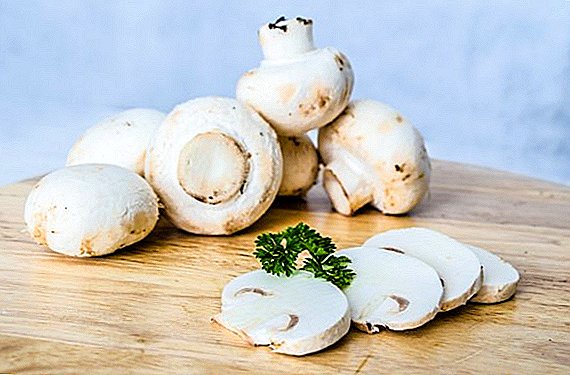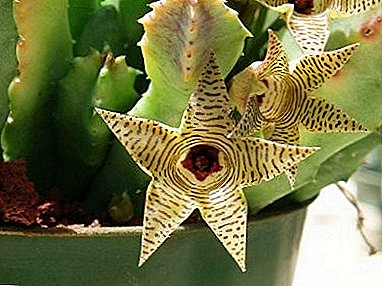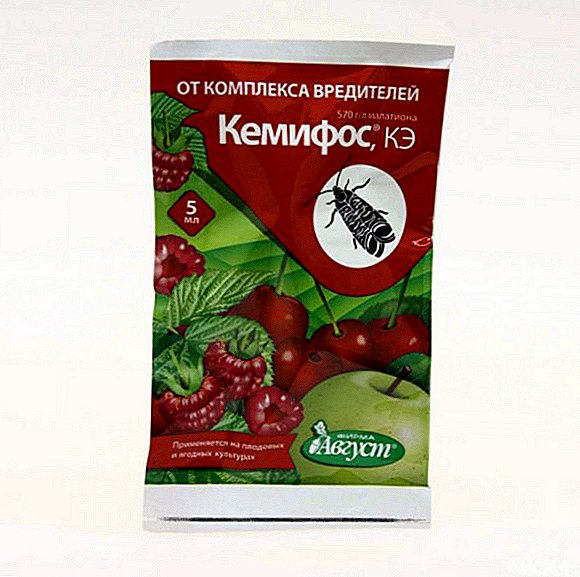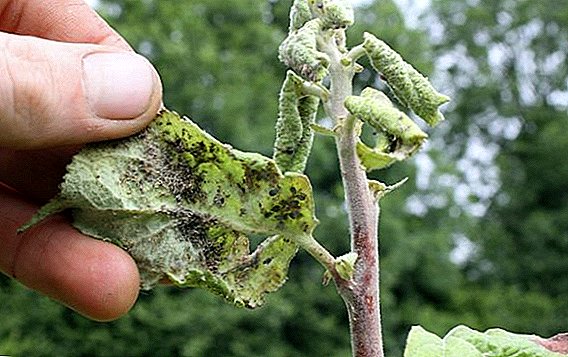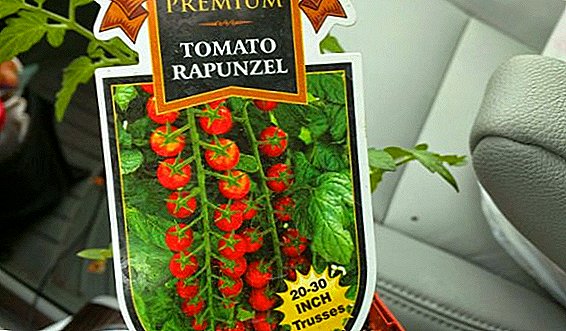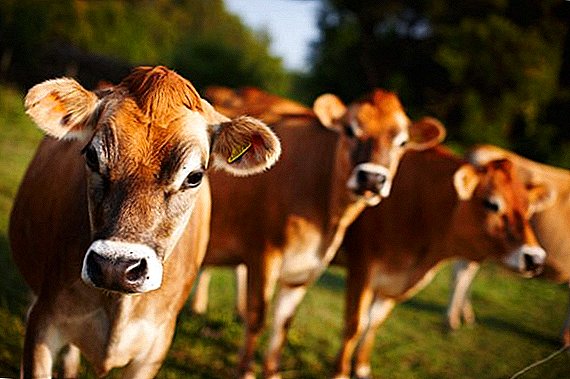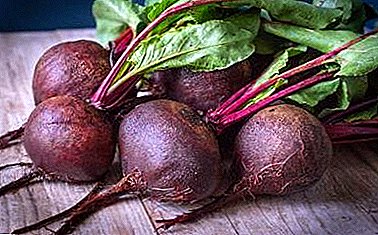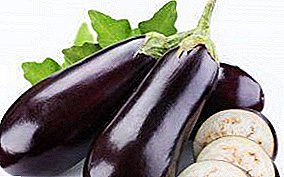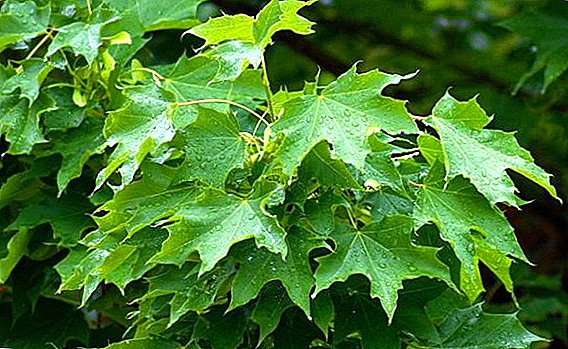 Maple is spread all over the world, it is often used in gardening of cities and suburbs. There are more than 150 types of wood, simple and decorative forms that grow not only in their natural environment, but also in private gardens and parks.
Maple is spread all over the world, it is often used in gardening of cities and suburbs. There are more than 150 types of wood, simple and decorative forms that grow not only in their natural environment, but also in private gardens and parks.
Bearded
Bearded maple is a low tree from 5 to 10 meters, with a spreading crown and smooth dark gray bark. The light green foliage turns yellow with different color variations by autumn. Sheet plates are divided into several parts, have pronounced streaks.  This maple, often a shrub, does not lose its decoration throughout the year, begins to blossom and bear fruit from the age of six. The flowers of both sexes bloom along with the leaves of a cyst-like yellow buds. The view has many advantages: unpretentiousness to the ground, resistance to winds and cold, rapid growth. Reproduction of the seed species, also root shoots. The most common are two subspecies: Chonoski and Komarova.
This maple, often a shrub, does not lose its decoration throughout the year, begins to blossom and bear fruit from the age of six. The flowers of both sexes bloom along with the leaves of a cyst-like yellow buds. The view has many advantages: unpretentiousness to the ground, resistance to winds and cold, rapid growth. Reproduction of the seed species, also root shoots. The most common are two subspecies: Chonoski and Komarova. 
Ginnala (riverine)
Ginnala Maple is increasingly common in urban plantings, as the plant quietly tolerates the conditions of a polluted and dusty environment and does not require reverent care. It is frost-resistant, not afraid of the wind, in the winter period the tips of the branches freeze slightly, but in the spring after sanitary pruning it is quickly restored. 
Ginnala maple is perfect for molded trim hedges. It is also possible to plant along the fence: white turf, orange-clavicle, black chokeberry, spirea, lilac.
The tree grows up to 10 meters, it has a smooth and thin bark in its youth, with age there are bumps and cracks, the color of the bark is light brown. The foliage is green, glossy, and the leaves bloom with greenish-yellow flowers. The leaves for autumn change color to bright orange and red. The tree bears fruit, the fruit is the lionfish. How this maple breeds - seeds and root shoots, cuttings. The plant is light-loving, grows well on the shore of reservoirs, is a subspecies of Tatar maple. 
Naked
One type of maple is bare, so named because of the small amount of foliage on the branches, they seem bare. The bark of the trunk and branches - a reddish shade, a few leaves heart-shaped, divided into three, sometimes five parts, with a jagged edge. The leaf plate is glossy from above, bright green, matte below, grayish, in autumn the leaves lose their luster and turn yellow-orange-red.  Flowers of both sexes of yellow-green color are collected in thyroid inflorescences, seeds - lionfish. The species is propagated by seeds that remain viable for up to two years when stored. Known varieties: "Smiley", "Keller", "Kearney Peebles", "Dippel".
Flowers of both sexes of yellow-green color are collected in thyroid inflorescences, seeds - lionfish. The species is propagated by seeds that remain viable for up to two years when stored. Known varieties: "Smiley", "Keller", "Kearney Peebles", "Dippel".
Important! Maple in winter should be protected from severe frosts, this applies primarily to young plants. The trunk, together with the root collar, is covered with spruce leaves and fallen leaves. As it grows, the resistance to low temperatures will increase.
Hand (fan)
Maple fan has many varieties and varieties. The area of its distribution - China, Korea and Japan. A small tree or shrub does not grow above ten meters, its crown can be round or in the form of an umbrella, perfectly amenable to forming pruning. The shoots are thin, green with a red tint. Foliage is green only in summer, spring and autumn is scarlet or purple. The tree is blossoming, but inflorescences are rare, petals of red shade. Kind of capricious: to the soil, moisture, does not tolerate drought, slowly growing.  The following maple species are common:
The following maple species are common:
- crimson;
- rose-edged;
- curly
- sessile;
- Friedrich Gwillelma.

Yellow
This species is also called maple-birch, as its inflorescences resemble birch catkins. The plant can grow as a tree and as a shrub, its height - up to 15 meters. The bark of the trunk is soft, scaly, gray-yellow. The leaves are divided into five parts; the underside is fleecy; the top is lint-free. Leaf plate large up to 12 cm in length, the color of the leaves is green with a yellow tinge. Inflorescences in the form of yellowish earrings. Maple in the description grows on almost any soil, frost-resistant, loves moisture. 
Green Root
Green-green maple is valued for the decorative appearance of the bark - green, with stripes in young plants, unfortunately, with age, the bark takes on a gray color. Habitat - Korea, China and Primorsky Krai. The tree has a wide crown, spreading in the shape of a dome. Branches of dark cherry color in spring are covered with delicate pink buds. The leaves are large, divided into several parts. During the flowering period the tree is covered with pale green buds. Maple fruits - seeds.  This species needs sunlight for rapid growth, likes moist nutrient soils. The tree is included in the group of the snake cocks, which, in addition to it, includes Maples of Pennsylvania, David and Reddish-longish.
This species needs sunlight for rapid growth, likes moist nutrient soils. The tree is included in the group of the snake cocks, which, in addition to it, includes Maples of Pennsylvania, David and Reddish-longish. 
Red
Red Maple grows in Japan. The tree is not whimsical to the choice of soil, it can develop even in swampy areas. Feels great in a cold climate. The height of the tree is not higher than 15 meters, the bark is gray, the crown is dome-shaped or in the form of a cone. Not all varieties of maple with red leaves, usually the foliage takes on such a shade in the autumn, like many trees. Grade with purple foliage - "Red Sunset". The brightest varieties:
The brightest varieties:
- "Armstrong" - crown in the form of a column with small foliage;
- "Bowhall" - foliage of bright orange color;
- "Brandywine" - dark, almost purple leaf color in autumn;
- "Northwood" - leaves of red and orange tint.

Fake
The maple is a falconer, it is a sycamore - an interesting decorative look, but the urban conditions are not for it. He needs clean air, neutral soil and moisture. Sycamore does not like frost and freezes, especially young branches, in the sun it can grow up to 25 meters. Interesting subspecies of sycamore:
Interesting subspecies of sycamore:
- "Brilliantissimum" - only leafed leaves of delicate peach color, then acquire a shade of bronze;
- variegated maple varieties "Leopoldii" and "Simon Louis Freres", unlike the main species, they feel great in urban parks and gardens.

Holly
Norway maple in its natural habitat grows to 30 meters. The plant tolerates frosts and dry period, propagated by seeds and grafting.  The crown of the dome-shaped tree is thick and lush. Bark of gray-brown color on mature trees with cracks and tubercles, on young shoots of a maple of a red shade, smooth. The leaves are large, dense, dark green, with sharp edges. Blooming, the plant is covered with thyroid inflorescences of yellow-green flowers. Fruits - lion seeds. Popular representatives of the form: "Autumn Blaze", "Deborah" and "Drummondii".
The crown of the dome-shaped tree is thick and lush. Bark of gray-brown color on mature trees with cracks and tubercles, on young shoots of a maple of a red shade, smooth. The leaves are large, dense, dark green, with sharp edges. Blooming, the plant is covered with thyroid inflorescences of yellow-green flowers. Fruits - lion seeds. Popular representatives of the form: "Autumn Blaze", "Deborah" and "Drummondii". 
Field
Field maple is often used for landscaping city parks and alleys, due to its tolerance for gas pollution, dust and a small height of about 15 meters. It is pleasant to relax under such a tree on a hot day, it is spreading with a wide conical shape with a crown. It has large leaves of light green color divided into 5-7 parts. Immediately after the leaves bloom, the tree is covered with small, almost imperceptible flowers. As with the green-expensive species, the bark of the field species has white stripes on the brown background of the bark.  The species propagates by seeds and root shoots. It is better to plant it in a place protected from drafts; in the period of long frosts, to cover the trunk and tree trunk circle. Known Forms:
The species propagates by seeds and root shoots. It is better to plant it in a place protected from drafts; in the period of long frosts, to cover the trunk and tree trunk circle. Known Forms:
- "Pulverulentum" - creamy cream leaves with white chaotic splashes;
- "Carnival" - the maple has leaves with a wide white border, the young foliage is dismissed, having a pink shade;
- "Postelense" - it is distinguished by a change of color in the leaves: it blooms in golden color, then turns green and turns yellow again in the autumn;
- "Schwerinii" - young leaves are bright red, grow green with growth.
Did you know? According to Slavic pagan beliefs, after death, any person could be turned into a maple, therefore, the tree was treated with exaggerated respect. Its wood was not used as firewood, it did not produce kitchen utensils and furniture, and was not used in construction and agriculture.
Sugar (Silver)
Silver maple (lat. Ácer sacchárinum) is one of the highest representatives of its family: it reaches a height of 40 meters. The plant has a wide, dense crown, gray, rough bark of gray color. The foliage is a bright gray-silver tone, the underside of the shade is dimmer. Blooming, the tree becomes covered with red-green inflorescences. Beautiful decorative plant forms:
Beautiful decorative plant forms:
- "Vieri". Tree with patterned silver-green leaves, sprawling crown. Landing is desirable in places protected from wind, as the branches are fragile.
- "Borns Graciosa". Low plant up to 15 meters. Lush, narrow crown is covered with heavily dissected leaves.
Tatar
This maple is decorative in any season: in the spring it is covered with white leaves with yellow stipules, in the summer - bright green egg-shaped foliage, in the autumn the tree is decorated with pink coloring of winged seeds, and in the winter its decoration is black color of the trunk. Plant height - 12 meters. An interesting feature of the species: it dissolves the foliage before all varieties, and blooms later.
Throughout the season, such perennial plants will delight you with continuous decorativeness: host, Badan, astilba, geykher, hellebore, stonecrop, viola, tradescantia.
 The plant is accustomed to the conditions of the city, is not afraid of winds and frost, prefers nutritious soil, well developed in the shade. Does not resist haircut, easily restored, loves moisture, but is not afraid of drought. The brightest subspecies is the Ginnala tree, described above.
The plant is accustomed to the conditions of the city, is not afraid of winds and frost, prefers nutritious soil, well developed in the shade. Does not resist haircut, easily restored, loves moisture, but is not afraid of drought. The brightest subspecies is the Ginnala tree, described above. 
Did you know? In some areas of Japan, maple leaves are prepared for snack: pickled foliage for about a year is marinated in barrels of salt, and then, rolled in a sweet dough, deep-fried.
The black
What are just not maple: green, yellow, red, there are black. These plants are common in North America, their habitat is mountain slopes, river banks and forest edges. The tree as it grows reaches 40 meters in height, it is also a long-lived, has lived for more than two centuries. The plant does not bloom, the growing season - from May to October. 
Important! Black maple is not suitable for urban life, since, having a superficial root system, is sensitive to the composition of the soil and the external environment.
Ash Leaf (American)
The American or maple-leaf maple is a fairly large representative of the family: the height reaches 20 meters, the diameter of the crown is 14 meters. The bark of the plant on the trunk is gray-brown; in the branches it is olive-colored; as it ages, the bark acquires a brown tinge and is covered with cracks. In the description of the foliage of ash-leaved maple, it is said that by autumn the green foliage becomes motley, unevenly yellowing. The yellow shade of autumn foliage is presented in tones from pale lemon to bright orange. In August, the tree bears fruit sausages, consisting of two fruits with seeds.  The maple family has long attracted landscape designers and amateur gardeners. Most species can be trimmed perfectly, which makes them comfortable for planting even in small areas.
The maple family has long attracted landscape designers and amateur gardeners. Most species can be trimmed perfectly, which makes them comfortable for planting even in small areas.


